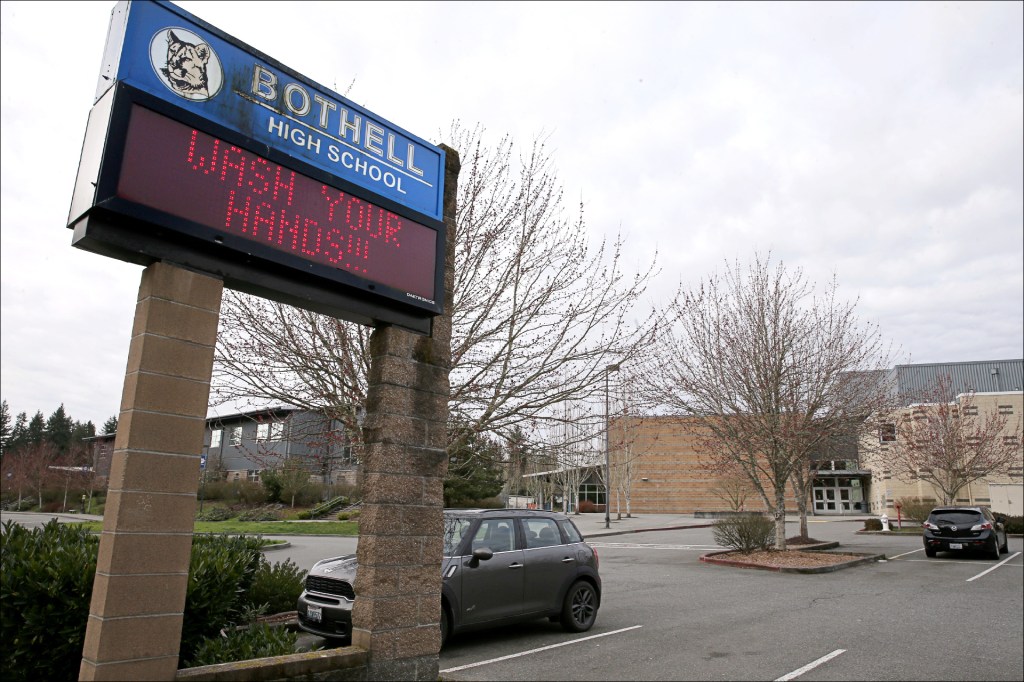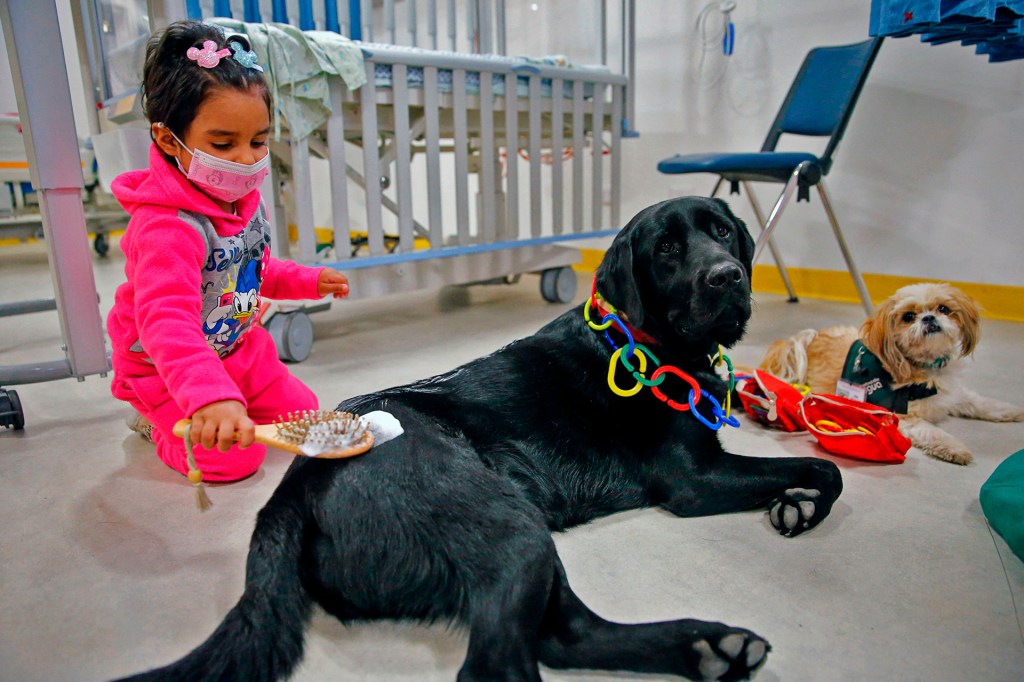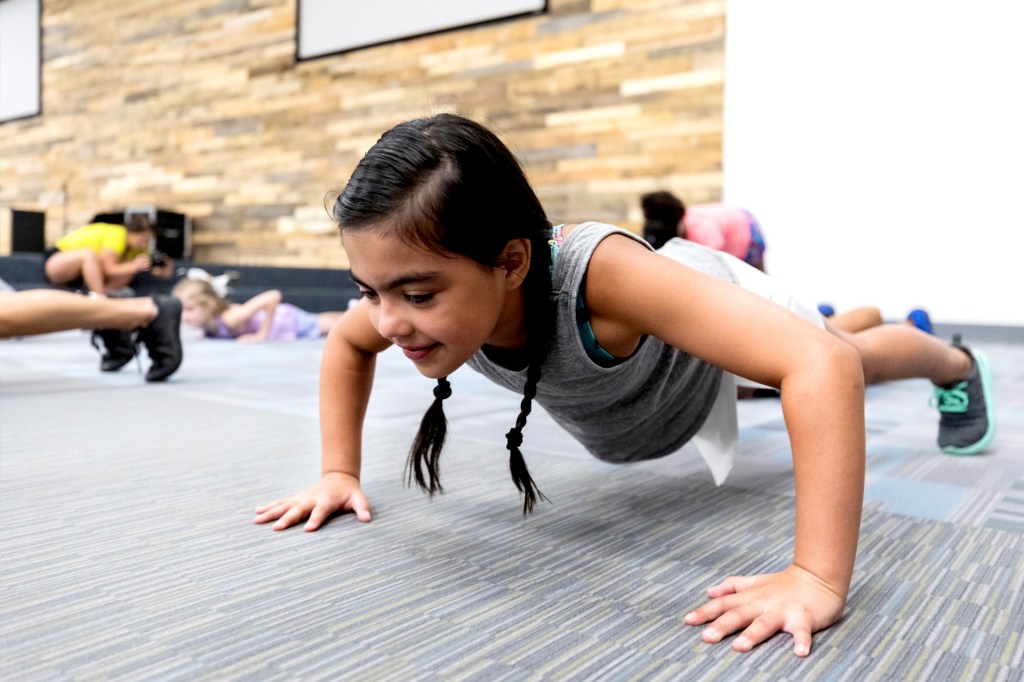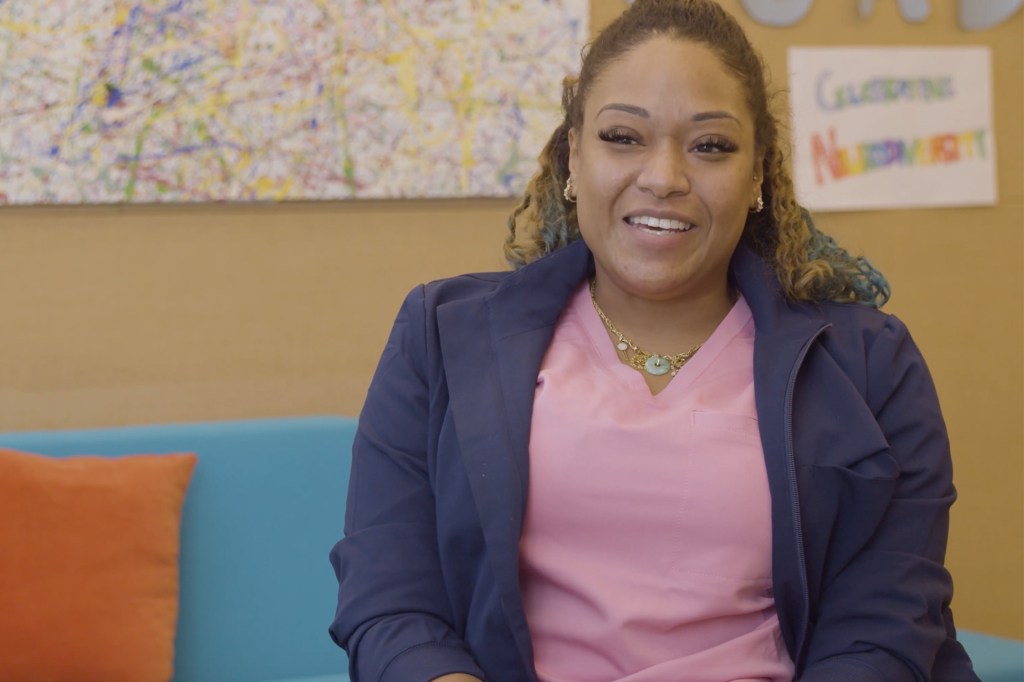
By March 12, almost 377 million students around the world were out of school because of COVID-19. That’s according to the United Nations (U.N.). Schools have closed due to health emergencies before. But the U.N. says the “global scale and speed” of the current closures are “unparalleled.”
So far, 46 countries have closed schools or announced plans to. Twenty-six, including China, Iran, and Italy, have closed all schools. These places have had severe outbreaks. China’s is the most severe.
In the United States, schools and districts decide what actions to take. At press time, only a few had closed. Others are likely to follow. Many districts see closures as a last resort. Students may depend on schools for meals and after-school programs.
“We would only consider closing any particular school for very specific reasons,” Bill de Blasio told the New York Times on March 9. He’s the mayor of New York City. Its school district is the country’s largest.
On March 11, Seattle public schools, in Washington State, said they would close. District superintendent Denise Juneau said it was a last resort but called the situation “unprecedented.”
Online Learning
Schools are turning to online learning so lessons can continue. Washington State’s Northshore School District closed schools on March 5, for up to 14 days. “We are simply trying to do our part to slow the spread of COVID-19,” Michelle Reid wrote in a letter to families. She’s the district superintendent. Learning will “transition from the classroom to the cloud,” she added. And if students need computers? Reid says the district will loan them.
In Pennsylvania’s Chester County, Malvern Preparatory School is open. But it’s training its staff to teach online. “We hope not to close school,” wrote Donald Reilly, head of the school, in a letter to students and staff. “However, we feel it is best to be prepared.”
This story appears in the March 20, 2020, print edition of TIME for Kids. It was published online on the afternoon of March 12. It has not been updated.













